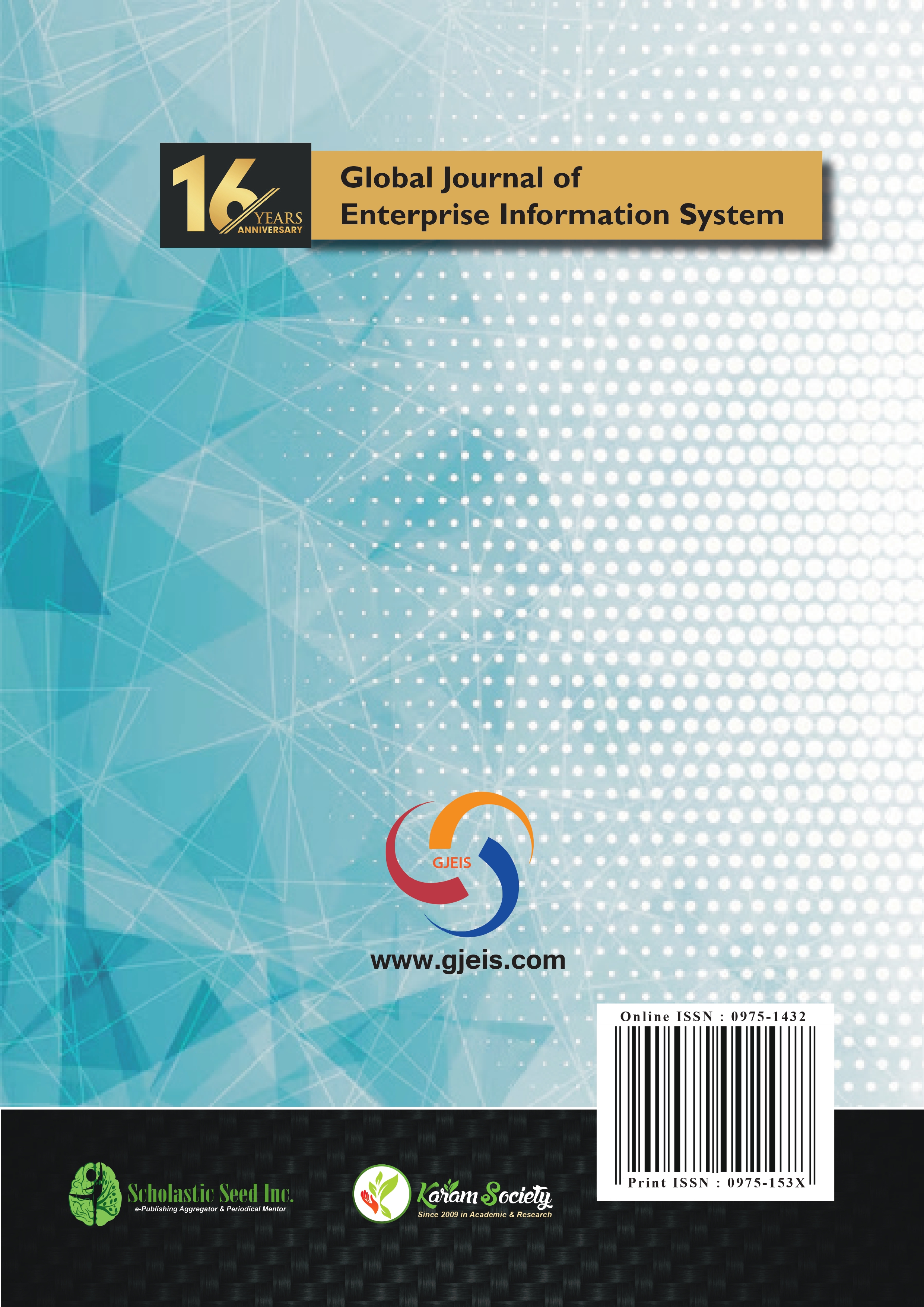Testing Market Efficiency of Oil, Steel & Power Stocks: Post 2000 Era
Abstract
India’s economic growth is closely connected to the demand of energy and other related products. The demand for oil, steel and
power sector products is expected to grow providing vast opportunities for investment. The Indian oil and gas industry is expected
to be worth US$ 139,814.7 million by 2015. To meet this demand, the Government of India has adopted various policies, such as
allowing 100 per cent foreign direct investment (FDI) in many segments of the sector, such as natural gas, petroleum products,
pipelines, and refineries. Steel industry contributes to nearly two per cent of the gross domestic product (GDP) and employs over
5,00,000 people. India is the sixth largest in terms of power generation and the per capita power consumption in the country is
733.54 kilowatt-hours per year (kWh/yr).
Oil, Steel and Power together have got ample opportunities and potential for growth and investment. Thus, Indian and foreign
investors show their keen interest in the stock market towards this sector. The present paper strives to find out whether this industry is affected by news announcement in the first decade of 21st century. There may be many fundamentals which may affect stock
returns of a company but dividend may be regarded as one of the most awaited news by a shareholder.
The impact of dividend in four event windows (31, 61, 121 and 251 days) has been analyzed in the present study. The cumulative
abnormal returns computed with the help of CAPM have been statistically tested by Paired Sample t-test, Wilcoxon Signed Rank
test. The study observed a significant impact of dividend announcement on abnormal stock returns of 21 stocks commonly listed at
BSE and NSE. The effect was present in all event windows. Therefore, this industry may be said to have discounted the news in its
historical stock prices and thus may be regarded as semi-strong efficient.








